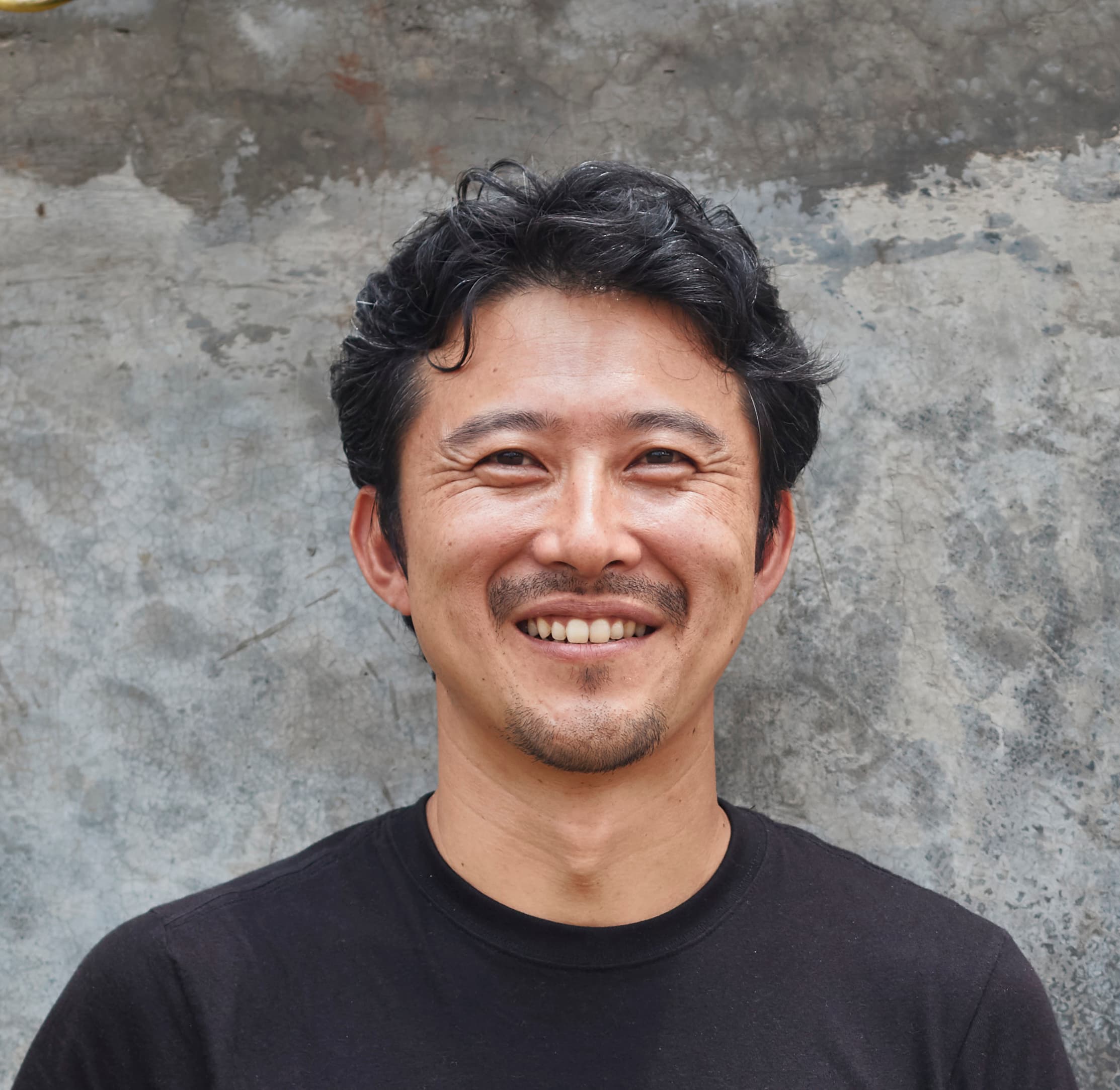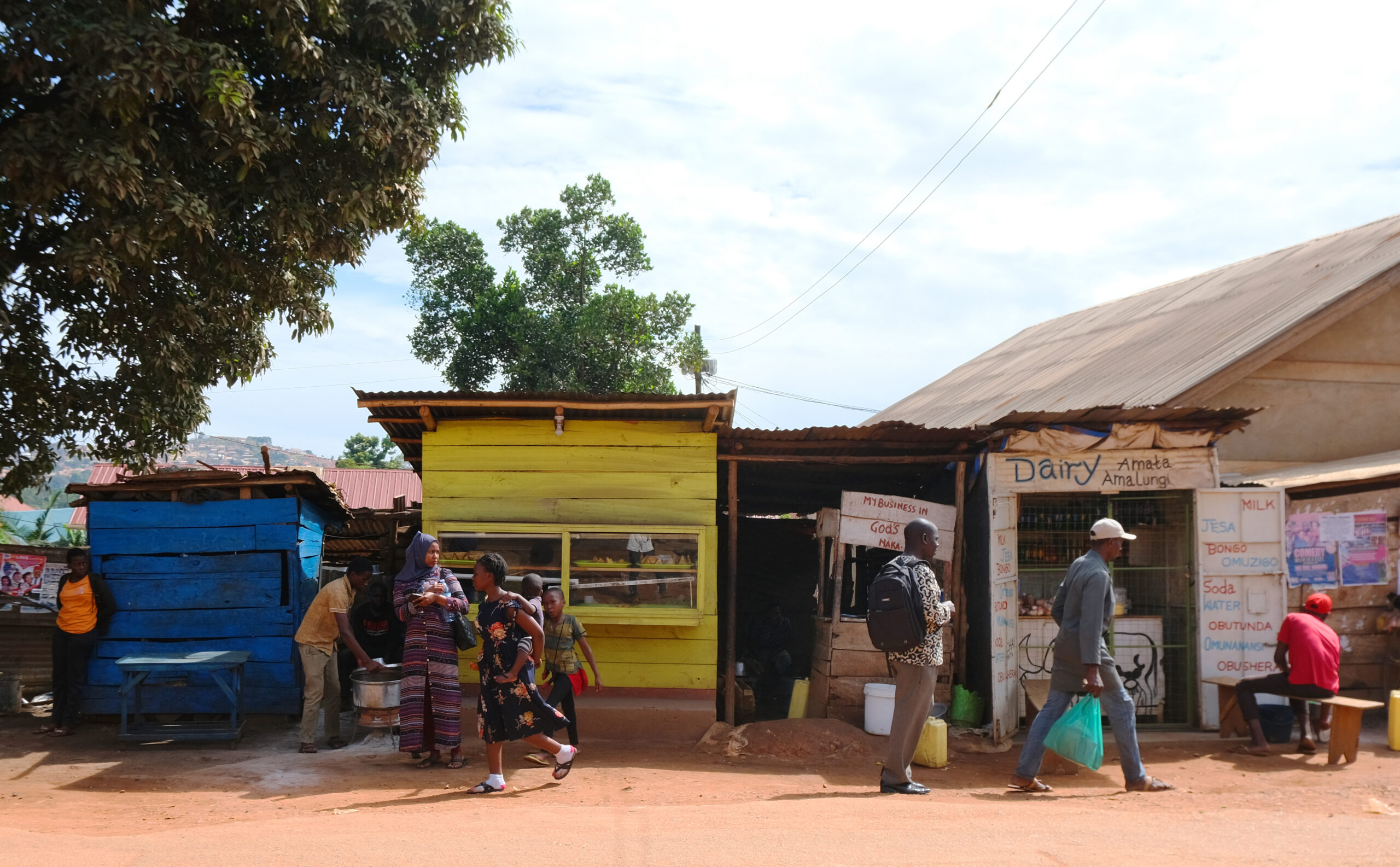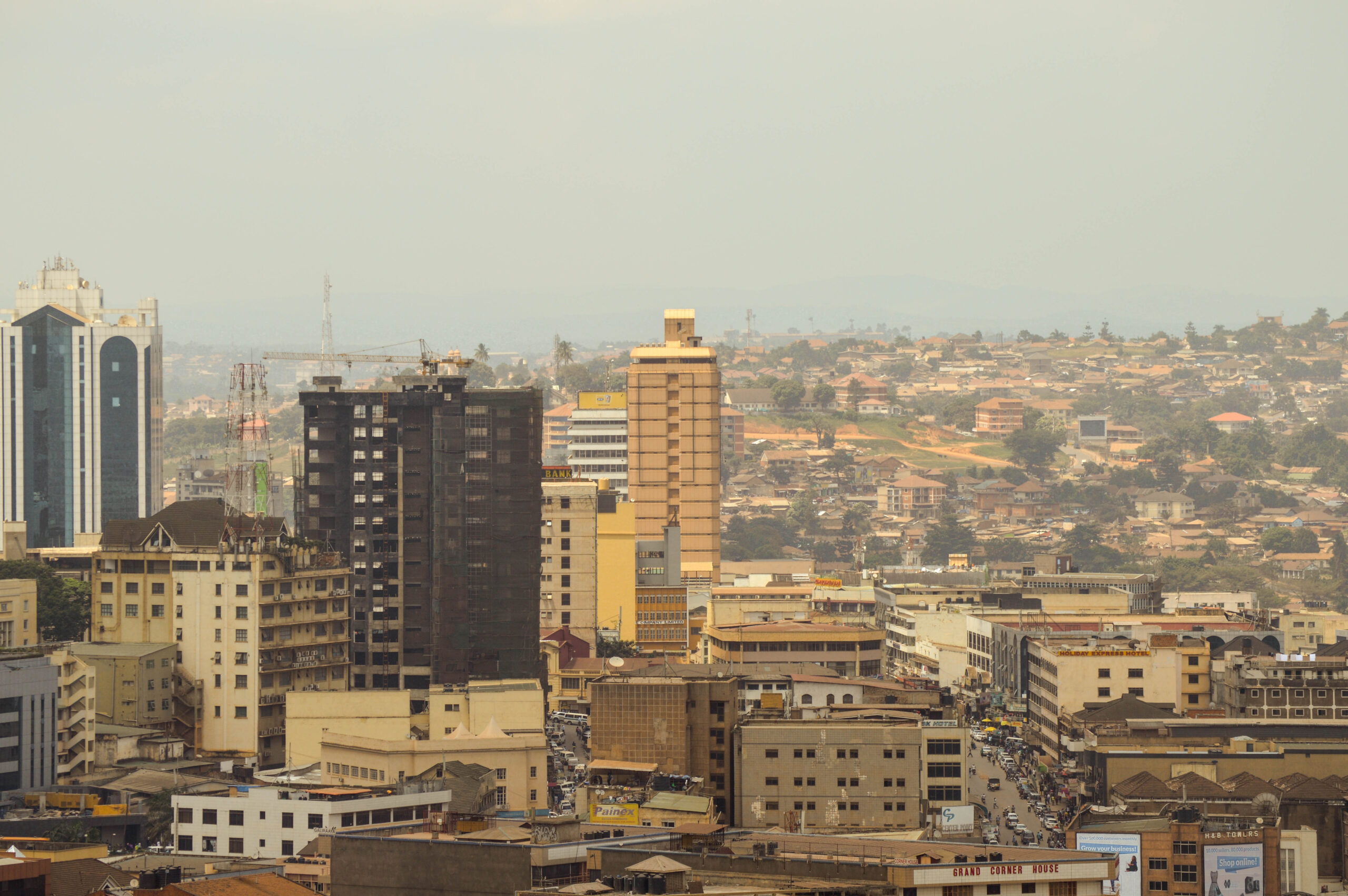Life and Development -Kenchikushi 3.2020
原文で表示 (日本語)Cover: The Old Taxi Park in Kampala. This is the centre of transport to the various regions. A shared bus/taxi converted from a Hiace stops here.
The capital city of Kampala is located in the south of the country and has trunk roads that radiates from the center to the north-east-west. The main transportation for people and goods is the automobile, mostly used Japanese cars.
As a landlocked country, most of the goods from outside the continent are either flown into Entebbe Airport in the southwest or brought into Kampala via ports such as neighboring Kenya-Tanzania. They are then transported from the taxi parks in the center of the country to the regional cities and small commercial areas that dot the main roads. All kinds of food and building materials are transported back and forth between the regions and the capital city of Kampala, along with people, via these roads.
 A stop along the main road. Commercial area with shops in the vicinity. Shopping scene in the commercial area
A stop along the main road. Commercial area with shops in the vicinity. Shopping scene in the commercial area
The roads are filled with shared buses/taxis (called “matatu”) converted from Toyota Hi-ace and motorbike taxis (called “boda-boda”), such as the Honda Super Cub with a cushion on the back for customers, which not only transport people and goods but also chickens and other livestock (and sometimes even goats) in all directions. In the local commercial area, there are many shops along the main road next to each other, with no gaps between them. At such busy places (although they are not maintained as clear “stops” and are difficult to understand), there is a place (called “a stage”) with the name of the area, where shared buses stop. That’s where people get off, unload and get back on.
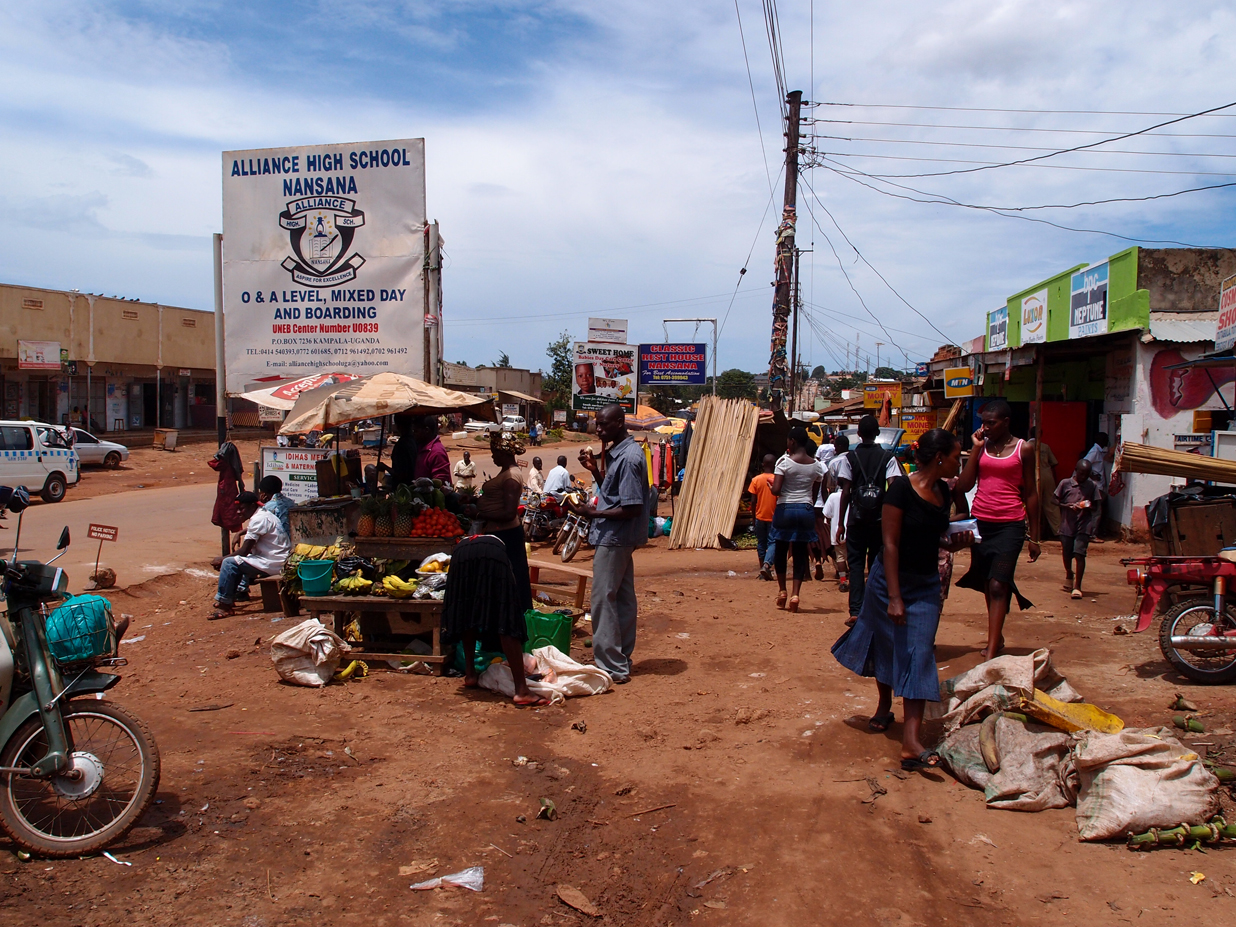 Shopping scene in the commercial area
Shopping scene in the commercial area
With the rapid population growth of the last decade, the number of cars has increased and the movement and distribution has become visibly more intense. The city has expanded around its commercial areas, and high-rise shopping malls have begun to be built along the roads in areas where once there were only small shops, and the “development in front of train stations” in the Ugandan way is proceeding. (The area about 30 minutes from the center of Kampala, where the author once lived and is still based, is undergoing significant changes, including an increase in demand for housing and a rise in land prices.
But as soon as you step off the main road and go inside, you’re left with unpaved, dirt alleyways. Goats and chickens pop out of nowhere, children run around in the alleys, and women can be seen working with sewing machines and cooking. The environment seems chaotic at first glance, with both the fast-moving and the unchanging living together, but the people seem to be adapting to it in a light-hearted way. Roads have been built, houses have been built, shops have been built, and towns have been built. We are reminded of the fact that as people and things move around, they change from day to day, and this is their everyday life.
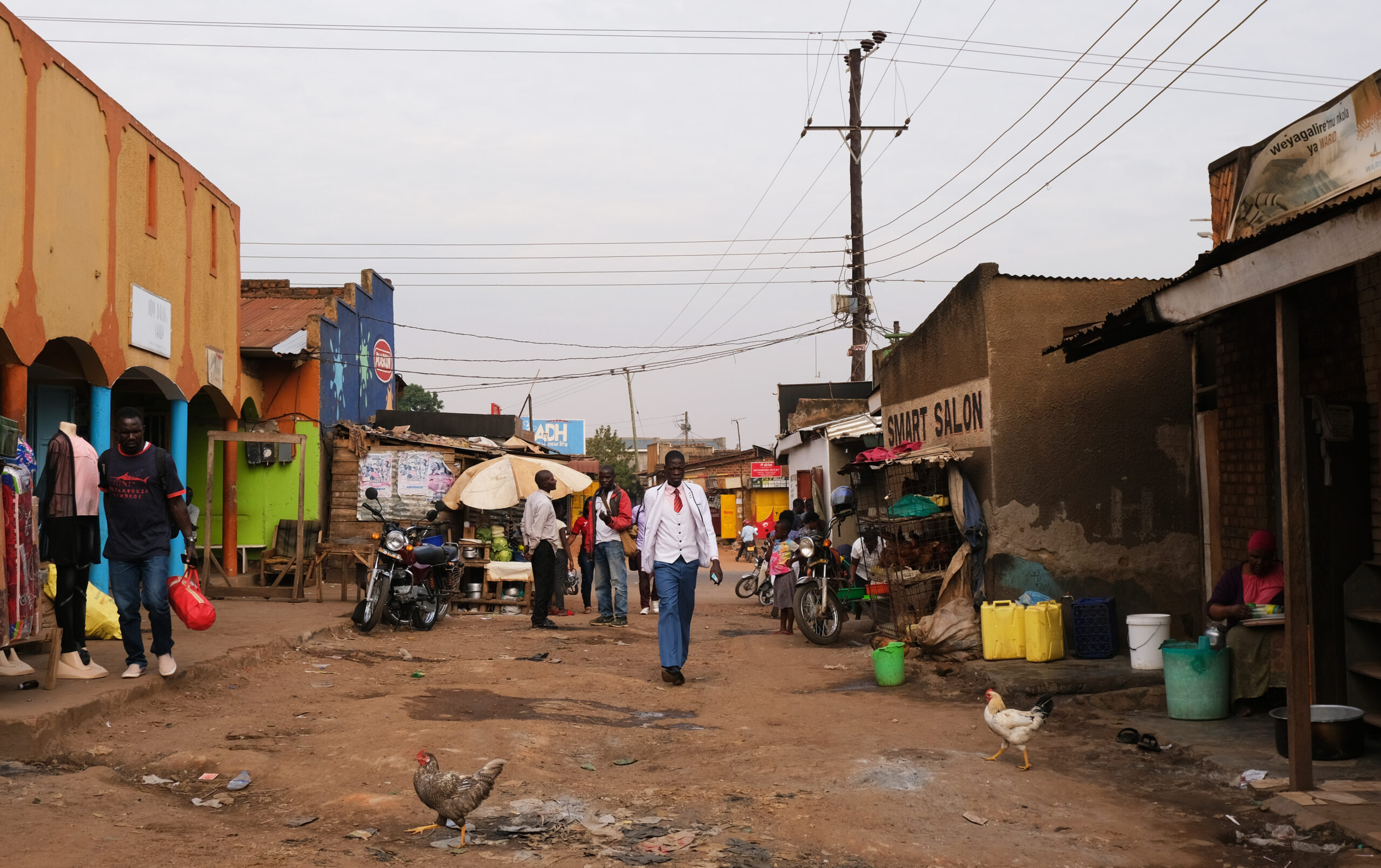
A view of the main road from an alleyway.
Photo : Ikko Kobayashi
Source : “Kenchikushi” Mar 2020

